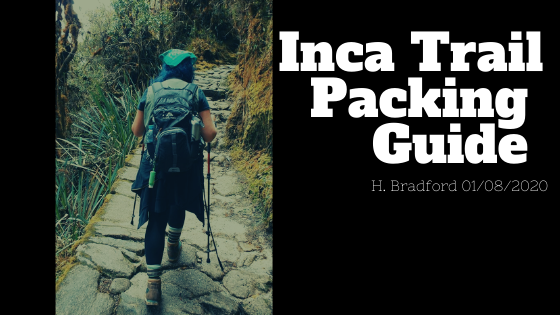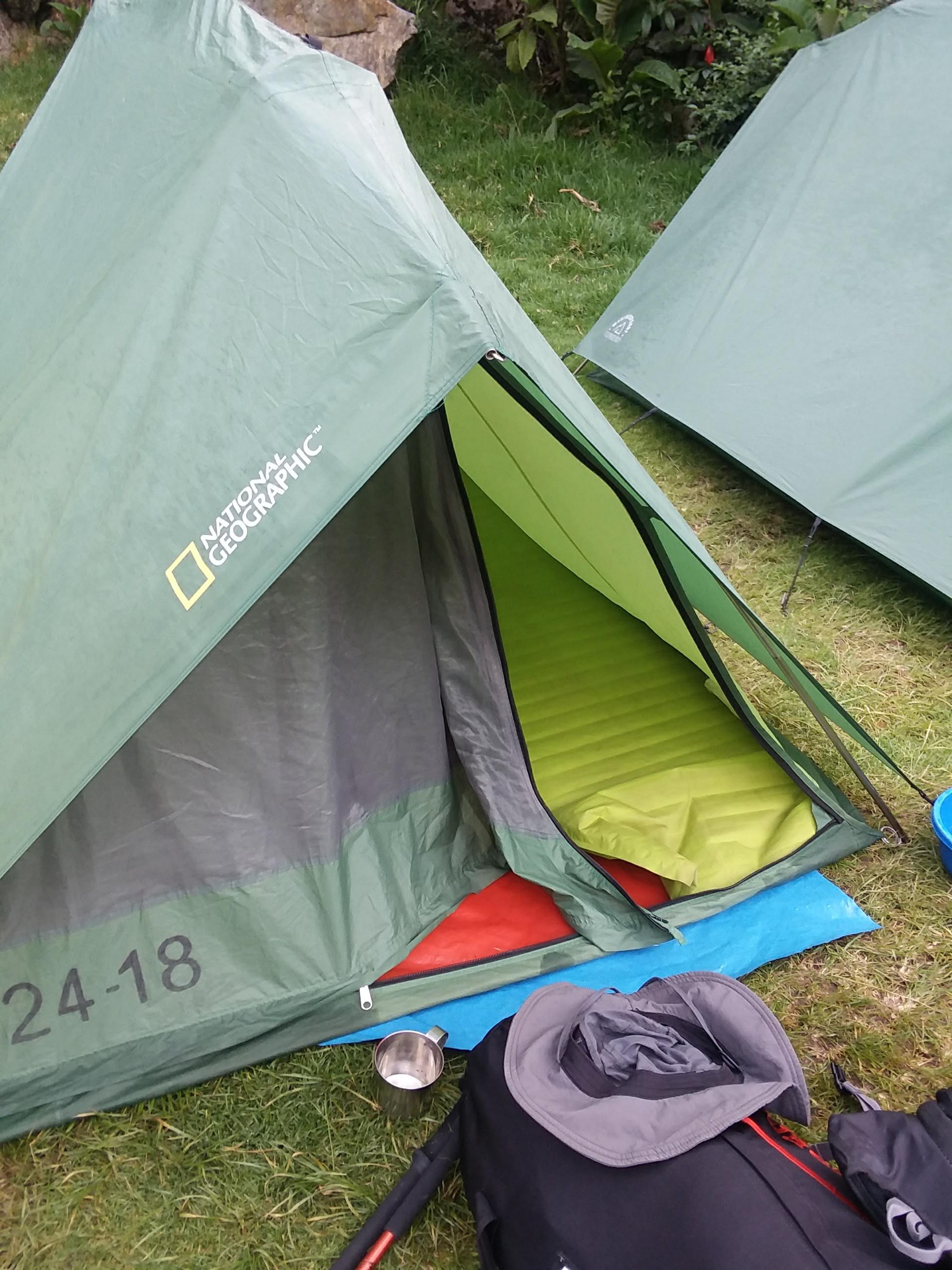The Devastating Effects of Wildfires on Indigenous Communities
7/23/21
H. Bradford
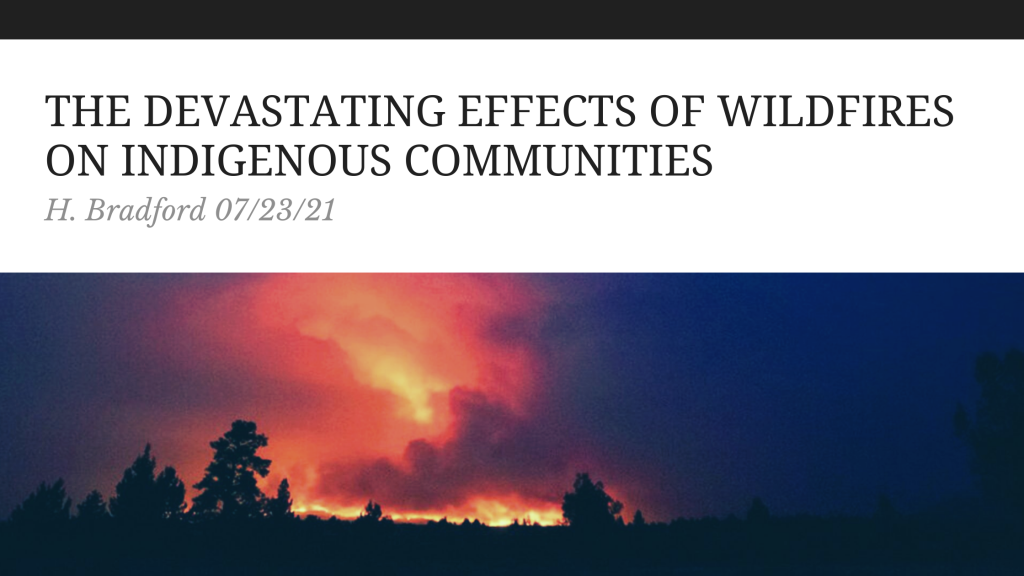
The summer of 2021 has been marked by catastrophic drought, heat, and fires across the United States and Canada. The Bootleg Fire, one of the largest fires in Oregon history, has incinerated an area larger than the city of Los Angeles and forced the evacuation of over 2,000 people. It is one of nearly eighty major fires in thirteen U.S. states. The Bootleg Fire is so large that it generates its own weather and has impacted air quality on the east coast of the United States, 2,500 miles away. The Bootleg fire is the third largest in Oregon history and just one of several large fires in Washington, California and Oregon. The largest Oregon fires were the 2002 Biscuit Fire and the Long Draw Fire in 2012. However, by the time the fire is extinguished, it will likely exceed them in size. These fires are an obvious and apocalyptic result of climate change, as the Western United States has grown hotter and drier over recent decades. As unfettered fossil fuel driven capitalism continues to warm the planet, massive fires are becoming an unsettling norm. These fires impact broad swaths of society, but indigenous people are often on the front line of their most devastating effects.
Although the Bootleg Fire has mostly destroyed rural, forested areas and has spared cities, the blaze is decimating tribal lands. Don Gentry, chairman of the Klamath Tribal Council reported that the fire threatens the tribal lands of the Klamath Tribes. The Klamath Tribes consist of three Native American tribes, including the Klamath, Modoc, and Yahoosin and the fire is just 25 miles from their tribal headquarters. Oregon Public Broadcasting reported that last September, wildfires destroyed at least one home, a cemetery, and land used by the Klamath Tribe for hunting, gathering, and fishing. These fires are the latest in their struggle for survival, as in the face of drought conditions, they have fought to preserve minimum water levels in Upper Klamath Lake. The Guardian reported that farmers also draw water from the lake, which threatens two species of endangered sucker fish that are central to Klamath culture and history. The Klamath Tribes have also sought to demolish dams that imperil salmon runs on the Klamath River. The fires are burning their ancestral homeland. Gentry said that the area has been their home for 14,000 years and is also home to 500 year old growth Ponderosa Pine. The Klamath Tribes historically used controlled fire to periodically destroy the fuel for larger fires. James Johnston, a researcher with Oregon State University’s College of Forestry, reported to NPR that along with climate change fueled heat and drought, poor forest management has contributed to the fires. Fires have not been allowed to burn for 125 years, resulting in a buildup of excess fuel.
In Washington, residents of Nespelem, part of the Colville Reservation, were evacuated due to fires. Residents were able to evacuate before the fire burned seven homes. In response to the Chuweah Creek Fire, The Confederated Tribes of the Colville Reservation, a community of 9000 descendants of a dozen tribes, declared a state of emergency and closed the reservation to the public and to industrial activity. The Spokesman-Review reported that it was the third major wildfire on the Colville Reservation in six years. In 2015, 20% of the reservation was destroyed by fire. These fires have destroyed elk, deer, traditional plants, and timber that the tribe relies on for sustenance. The tribe derives 20% of their income from timber, which goes toward per capita payments. Elsewhere, last year’s Slater Fire in California destroyed over 200 homes belonging to the Karuk tribe and disrupted ceremonies and hunting. Many of those who lost their homes did not have insurance, owing to the rising cost of insuring homes in fire prone areas. Aside from houses, the Karuk people also lost important cultural artifacts such as animal hides and century old baskets. The tribe has advocated for more prescribed fires to control future wildfires.
The destruction of forests, bear, elk, deer, cemeteries, homes, and cultural artifacts are just a few of the ways that the wildfires have inflicted loss upon Native Americans of the Western United States. The losses of Native Americans are not prioritized. For instance, FEMA refused to call the wildfire that destroyed the Karuk community at Happy Camp a disaster. This denied the tribe access to additional resources that would have enabled residents to return to their homes. At the same time, when the historical artifacts of the dominant colonizer culture is imperiled, the government goes to great lengths to protect them. When The Mitchell Monument was recently endangered by fire, the monument was saved by the efforts of firefighters to use aerial dropped flame retardant, protective wrap, and fuel reduction. The Mitchell Monument commemorates the death of six Americans killed by a Japanese balloon bomb during WWII. Native American losses barely make the news.
The Western United States is not the only area where fire, heat, and drought are destroying Native American communities. In Manitoba, smoke from wildfires has caused the evacuation of several First Nations communities. According to the CBC, as of July 20th, over 1,600 people were being evacuated, including the entire populations of Little Grand Rapids and Pauingassi First Nations communities. Bloodvein and Berens River First Nations near Lake Winnipeg are also being evacuated to Winnipeg. There were 130 fires burning in Manitoba, of which, over two dozen were considered out of control by officials. Ellen Young, a Bloodvein First Nations Band Counselor, reported to the CBC that the fires were only six kilometers from the community. In a CBC radio interview, Blair Owens, a member of the Little Grand Rapids First Nations argued that not enough resources are being mobilized to fight the fires. In part, this is due to the fact that Manitoba’s forest fire fighting service, including its water bomber fleet, was privatized in 2018.
CBC also reported on July, 21st that there were 167 active wildfires in northwestern Ontario. Of these, 57 were located in the Red Lake District. The Poplar Hill First Nation community, located four miles from the fires, was evacuated. Deer Lake First Nation, located 15 miles from the fire, was also evacuated. On Tuesday July, 20th the provincial government announced the partial evacuation of Cat Lake and North Spirit Lake First Nation communities. 500 people from Deer Lake were flown to Cornwall Ontario. Residents could only bring a single suitcase weighing under 28 lbs and some remained behind to care for pets. The Red Cross has housed evacuees in hotels in Winnipeg, Selkirk, and Thunder Bay, but families must sometimes share rooms with others. Evacuations are a grim reality of wildfires, but impose trauma upon indigenous people who already bear generational trauma from being forcibly removed from their lands and later torn from their families and put into deadly boarding schools.
As Canada burns, construction continues on Line 3. Enbridge, a Canadian company, is racing to complete the 330 mile long Line 3 “replacement” pipeline. Despite fierce opposition from water protectors in Minnesota, the pipeline is nearly 70% completed. On Tuesday, July 20th, activists from a variety of indigenous and environmental organizations gathered at the headwaters of the Mississippi River to speak out against the project, for treaty rights, and to draw attention to water issues. The Minnesota Department of Natural Resources had designated 72% of the state in extreme or severe drought. The Mississippi River was low and serves as a source of drinking water to many communities. The driest parts of the state are where the Enbridge Pipeline is currently being constructed, drawing from scarce water resources in the process. Wild rice, a culturally and economically important food to the Anishinaabe people, has been threatened by both the drought and potential leaks from the Line 3 project. On June 4th, the Minnesota DNR issued a permit to Embridge allowing the company to pump up 5 million gallons of water for the remaining 145 miles of pipeline construction. This was nearly 10 times the amount of water that they originally requested. Activists oppose this out of concern that during the drought, dewatering construction sites can put stress on wetlands, lakes, and streams. The DNR considers the state prime for wildfires on account of the drought. There have already been 250 wildfires in the state this summer, when 50 is more typical for June or July.
The recent and increasingly frequent wildfires indicate that even a shred of self-determination of indigenous people is impossible within capitalism. Treaty rights mean nothing if the land that sustains indigenous communities is charred by climate change driven fires. Indigenous struggles against corporate interests for fishing rights, clean water, wild rice beds, land access amount to little of the land itself is too parched by drought. Fire does what capitalism has always done, separate people from land and the means of sustenance outside of wage labor. The fact that Line 3 continues to be built through Native American lands in the face of drought, fire, and pandemic illustrates the cruelty of the profit motive. Climate change threatens the entire planet, but those who are the poorest, most marginalized, and most dependent upon hunting, gathering, and farming will feel its impacts the hardest. This environmental racism is genocide. The lands that are burning are not empty forests, but indigenous lands with the remnants of indigenous communities that have survived 500 years of genocide. More resources must be mobilized to fight these fires and manage forests in ways that are informed by indigenous knowledge and under their control. The privatization of land, fire fighting resources, and water resources and rights must be stopped. For the survival of the planet, fossil fuels and capitalism must be abolished.
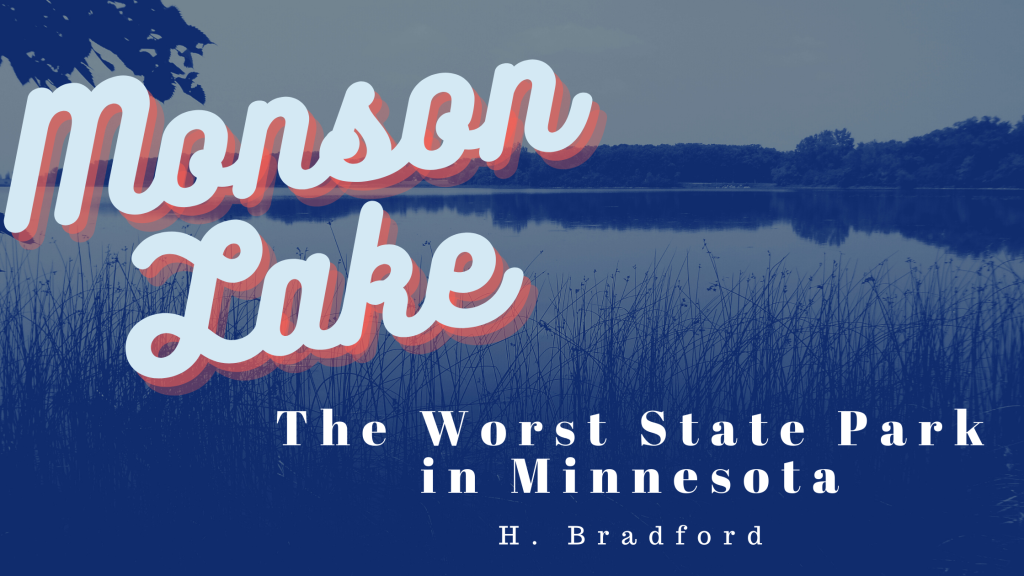

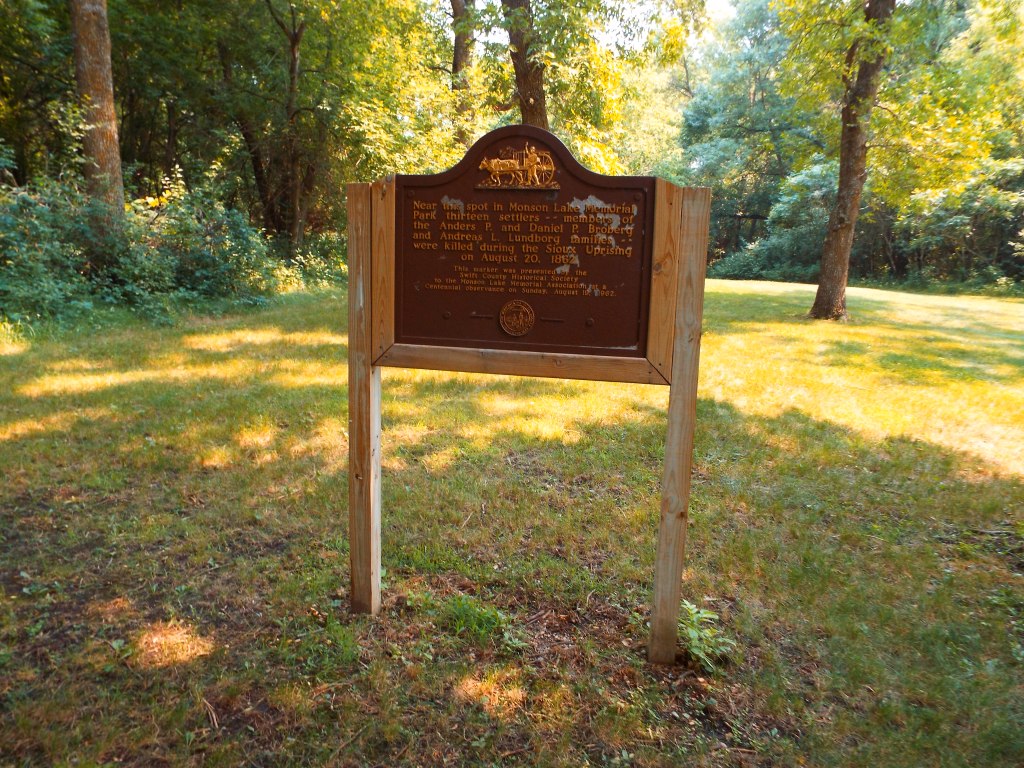
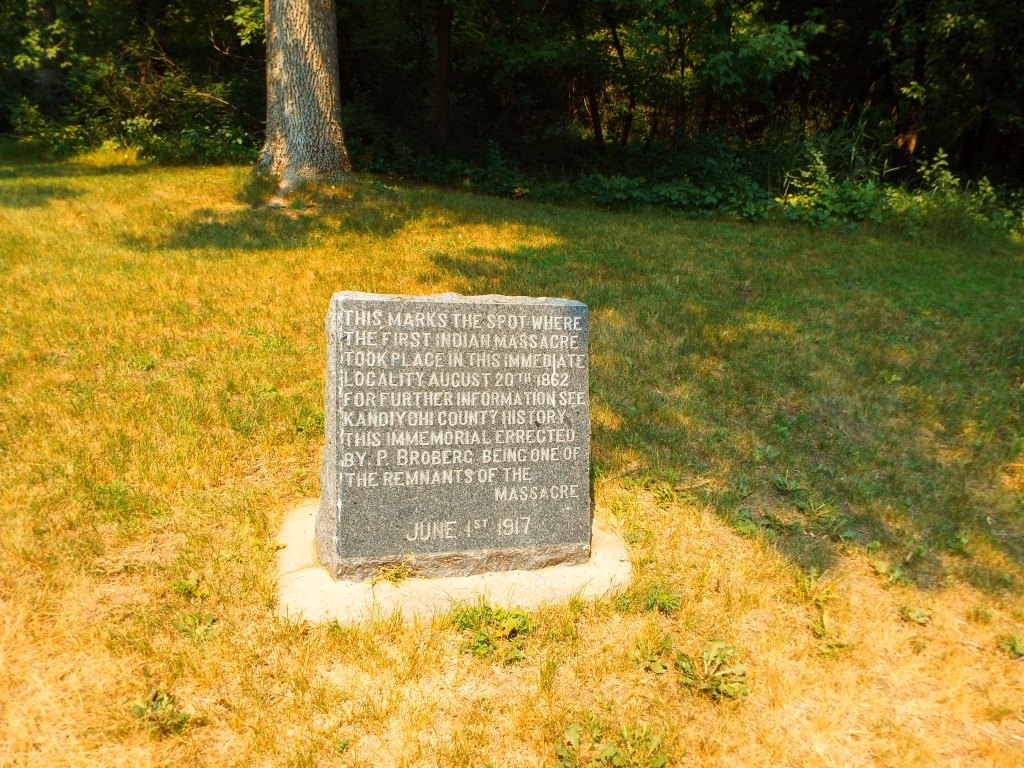





























 A few feet away at the south end of these rocks were several other patches of small cacti. We took many photos of our discovery, feeling very satisfied that we finally found the cacti. They were much smaller than I had imagined them. In a way, it is easy to understand how such tiny cacti survive against the harsh winters. The are small, keeping close to the warmth of the rocks and insulating moss. These ones don’t appear to fruit or flower, struggling at the very edge of cacti survival. And, while this guide is not precise because I don’t have a good memory of the layout of the park, hopefully this helps others find them as well. As another clue, the spot where the cacti were located was near a quarry pond with trout on a trail which lead onward to the SNA. I hope, of course, that no one digs up or destroys these cactuses. They are not protected in Minnesota, but they are in other states and it would be nice to keep a healthy population of these unique plants.
A few feet away at the south end of these rocks were several other patches of small cacti. We took many photos of our discovery, feeling very satisfied that we finally found the cacti. They were much smaller than I had imagined them. In a way, it is easy to understand how such tiny cacti survive against the harsh winters. The are small, keeping close to the warmth of the rocks and insulating moss. These ones don’t appear to fruit or flower, struggling at the very edge of cacti survival. And, while this guide is not precise because I don’t have a good memory of the layout of the park, hopefully this helps others find them as well. As another clue, the spot where the cacti were located was near a quarry pond with trout on a trail which lead onward to the SNA. I hope, of course, that no one digs up or destroys these cactuses. They are not protected in Minnesota, but they are in other states and it would be nice to keep a healthy population of these unique plants. 




























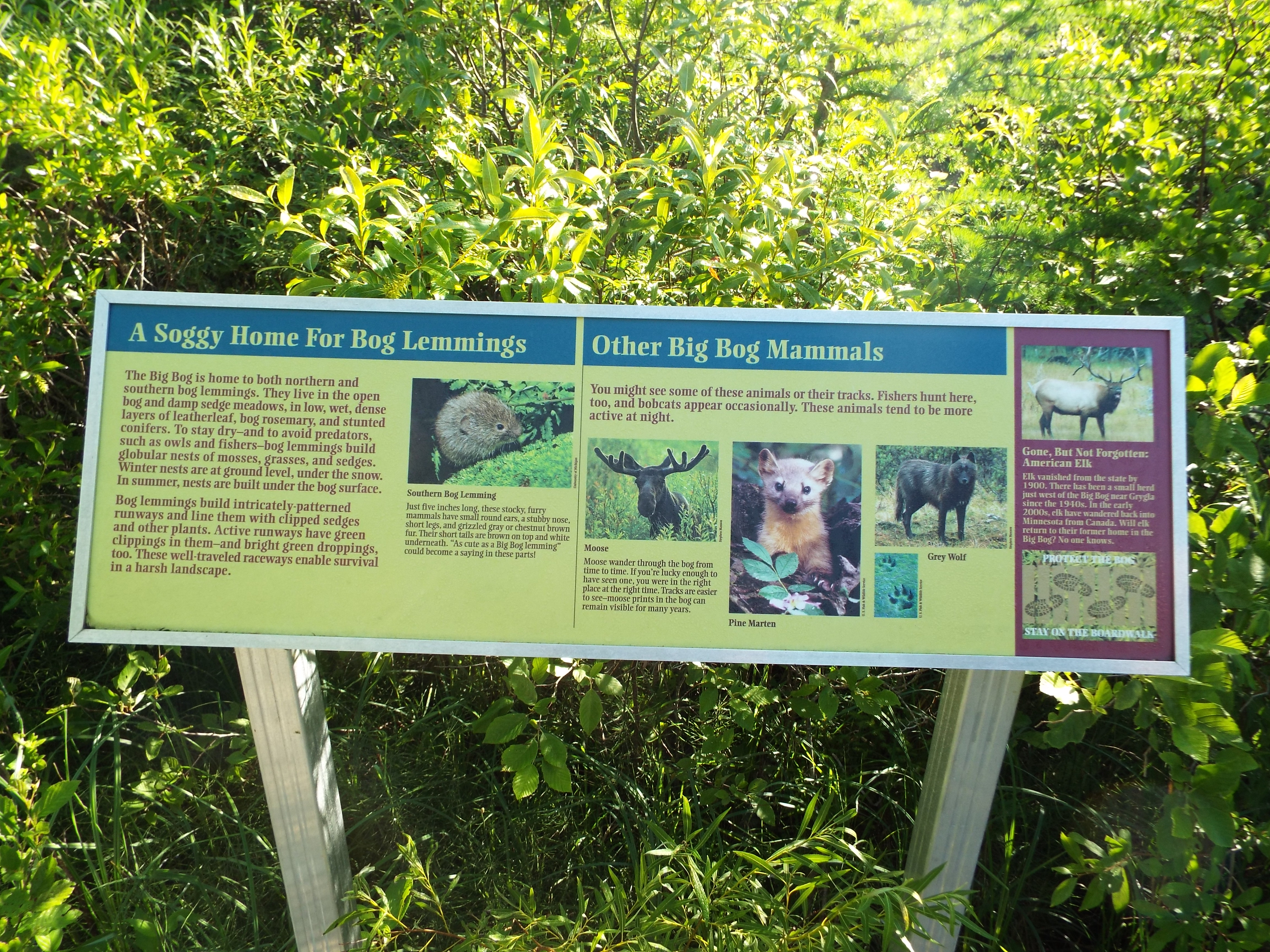





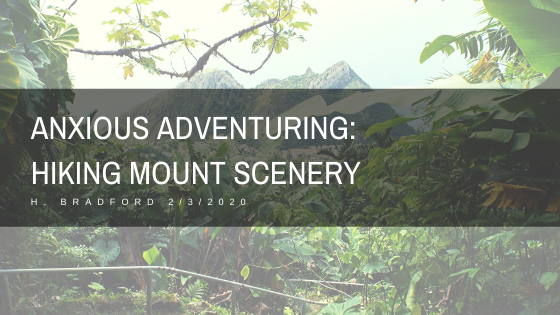









 View of Mount Scenery from Windwardside
View of Mount Scenery from Windwardside